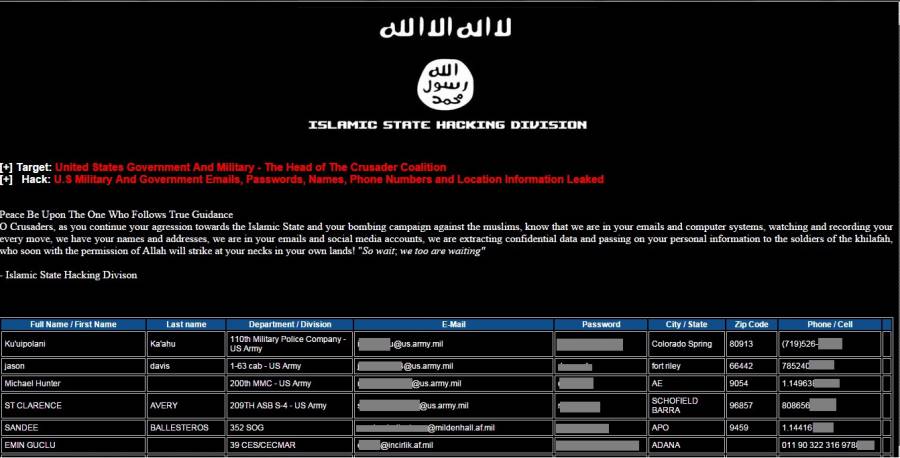
Most people in the world are already familiar with the terrorist group known as the Islamic State of Iraq and Syria (ISIS, or similar names). They have conducted large-scale attacks in various parts of the world in the last decade and currently wage war against many nations.
These actions have resulted in the death of tens of thousands of people and the displacement of an even larger number of residents.
The Islamic State, however, will not stop until they have absolute control over the territories they claim for themselves.
ISIS, following the footsteps of previous terrorist outfits, has understood that achieving their goals also requires delving in non-conventional terrorism, such as the one done with the help of a computer.
The Islamic State Hacking Division

Though they haven’t conducted any recent cyber attacks, at least none the media might be aware of, the Islamic State does have a cyberterrorism-focused division within their ranks.
In June of last year, news broke that a high-ranking FBI agent and many other prominent personalities appeared with name and address on a dedicated “kill list” compiled by ISIS’ Internet-connected branch.
The Jihadi group’s efforts mirror those of earlier Al-Qaeda, which also got involved in these type of modern warfare but never actually developed on it. The self-proclaimed caliphate might want to take things up a notch.
Building the arsenal for cyber warfare
Since the addition in 2013 of a British hacker to their ranks, ISIS’ online presence has grown significantly. The group has managed to deface some US news stations, French government sites, and similar web pages in a tirade that many experts called “cyber-vandalism.”
A later airstrike killed the British jihadist, known as ‘Trick,’ in August 2015. It did not stop ISIS, however, from further developing their digital arsenal. Several factions that claimed their banner joined together to form the ‘United Cyber Caliphate’ in 2016.
Reports about this development imply that one of the most significant threats of cyber warfare is that anyone can get inspiration from it to go rogue on their own. Most security agencies in the United States see this as a growing threat.

The Islamic State has recently appeared to slow down on their efforts, with the Hacking Division not making it to the headlines in a while.
Both the NSA and related agencies are expectant, however, because they know that their return is inevitable in the age of ransomware and massive DDoS attacks.
The future of cyber terrorism
Since the hacking of the US Central Command, which came from a faction of these terrorist hackers, the world is at the edge of their seat.
The last data dump revealed the names of many servicemen from the US National Guard, the Marines, the Saudi Royal Guard, and many other institutions, online reports note.
The American case might see some improvement, as current President Donald Trump has expressed an interest in combating ISIS’ internet recruitment platforms and building safer online infrastructure. Should he deliver, the nation might be a little less worried.
Source: Business Insider










